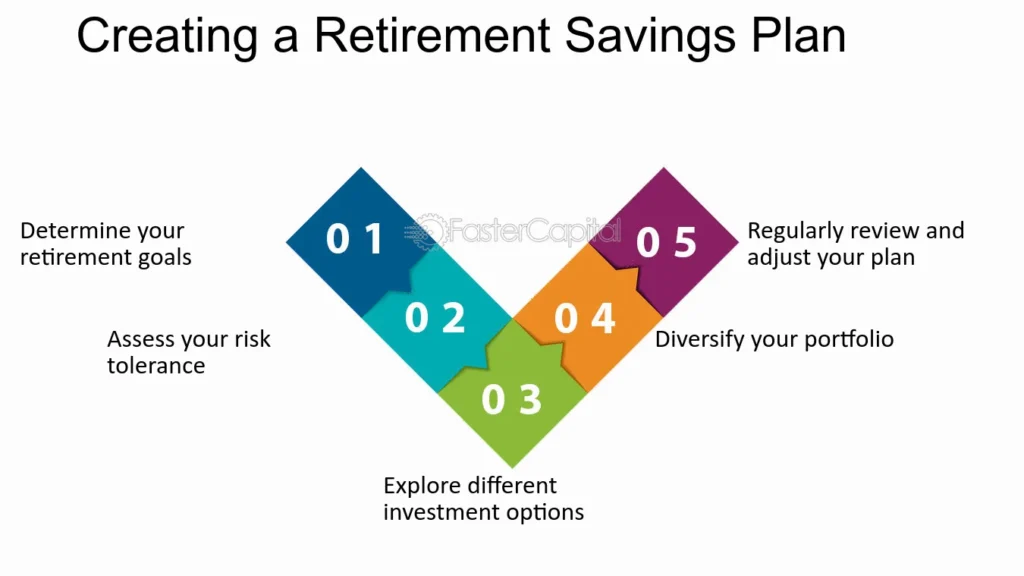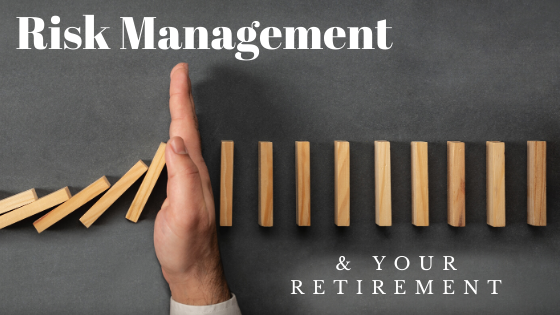Retirement Planning 101: Building a Secure Future

Retirement planning is not just about setting aside money; it’s about creating a blueprint for your future, ensuring financial security, and maintaining the lifestyle you desire during your golden years. In this comprehensive guide, we’ll delve into the fundamentals of retirement planning, providing you with actionable insights and expert advice to build a secure future.
Understanding Retirement Planning

Retirement planning involves strategic financial management to achieve your desired lifestyle post-employment. It encompasses budgeting, saving, investing, and managing risks to ensure a steady income stream during retirement.
Planning for retirement begins with assessing your current financial situation, estimating future expenses, and setting realistic retirement goals. It’s essential to consider factors such as inflation, healthcare costs, and lifestyle preferences when formulating your retirement plan.
Setting Retirement Goals

Retirement Lifestyle Assessment: Determine the lifestyle you envision during retirement. Consider factors such as travel, hobbies, healthcare, and housing preferences.
Financial Goal Setting: Set specific financial goals based on your desired retirement lifestyle. Calculate the required savings and investments to achieve these goals, taking into account inflation and potential market fluctuations.
Creating a Retirement Savings Plan

Maximizing Retirement Accounts: Take advantage of employer-sponsored retirement plans such as 401(k)s and individual retirement accounts (IRAs). Contribute regularly and maximize employer matching contributions to accelerate your savings.
Diversifying Investments: Spread your investments across different asset classes to mitigate risk and maximize returns. Consider stocks, bonds, real estate, and other investment vehicles based on your risk tolerance and time horizon.
Managing Retirement Risks

Healthcare Expenses: Prepare for potential healthcare costs during retirement by exploring insurance options such as Medicare, supplemental insurance, and long-term care coverage.
Longevity Risk: Address the risk of outliving your savings by incorporating longevity annuities or structured withdrawals into your retirement plan to ensure a steady income stream throughout your life.
Retirement Income Strategies

Systematic Withdrawal Plans: Implement a systematic withdrawal strategy to manage your retirement income effectively. Determine a sustainable withdrawal rate based on your portfolio’s value, expected returns, and life expectancy.
Part-Time Employment: Consider working part-time during retirement to supplement your income and maintain social engagement. Explore flexible job opportunities that align with your interests and skills.
Estate Planning and Legacy

Wills and Trusts: Establish a comprehensive estate plan to ensure your assets are distributed according to your wishes. Consult with legal professionals to draft wills, trusts, and advance directives.
Charitable Giving: Explore philanthropic opportunities to leave a legacy and support causes you care about. Consider incorporating charitable donations into your estate plan to reduce tax liabilities and support meaningful initiatives.
FAQs
The amount varies depending on factors such as lifestyle, expenses, and retirement age. It’s recommended to aim for at least 70-80% of your pre-retirement income.
It’s never too early to start planning for retirement. The sooner you begin, the more time your investments have to grow, thanks to the power of compounding.
A financial advisor can provide personalized guidance, create a tailored retirement plan, optimize your investment portfolio, and navigate complex financial matters, ultimately helping you achieve your retirement goals.
Consider increasing your savings rate, maximizing contributions to retirement accounts, investing in high-yield assets, and delaying retirement to accumulate additional funds.
Social Security provides a supplemental income stream during retirement. Understanding your benefits, eligibility criteria, and claiming strategies can optimize your Social Security benefits and enhance your overall retirement plan.
Diversification, asset allocation, and periodic portfolio rebalancing can help mitigate the impact of market fluctuations on your retirement savings. Additionally, consider incorporating conservative investments and maintaining a long-term perspective.
Conclusion
Retirement planning is a journey that requires careful consideration, proactive decision-making, and ongoing adjustments. By understanding the fundamentals of retirement planning and implementing sound financial strategies, you can build a secure future and enjoy a fulfilling retirement lifestyle.


